Flic Film Elektra 100/Kodak Aerocolor IV Review
In a climate where film prices, especially for colour films, keep rising, lots of companies have started to purchase bulk film stock from manufacturers and respool them as ‘new”’ film stocks. One such new option comes from Canadian photography company Flic Film, with their recently released Elektra 100. As stated on their site, this film is actually respooled Kodak Aerocolor IV 2460. Other companies have already started respooling Aerocolor IV, such as SantaFilm with SantaColor 100 and Popho Camera Company with Luminar 100.
Aerocolor is a C-41 colour negative film currently only offered in 135 format (35mm). According to Kodak’s datasheet, Aerocolor is actually a film stock meant for “medium- to high-altitude aerial-mapping and aerial-reconnaissance photography.” Unsurprisingly, I don’t typically fly around in a private plane doing aerial photography, so what follows are my thoughts on Aerocolor as a more day-to-day film stock.
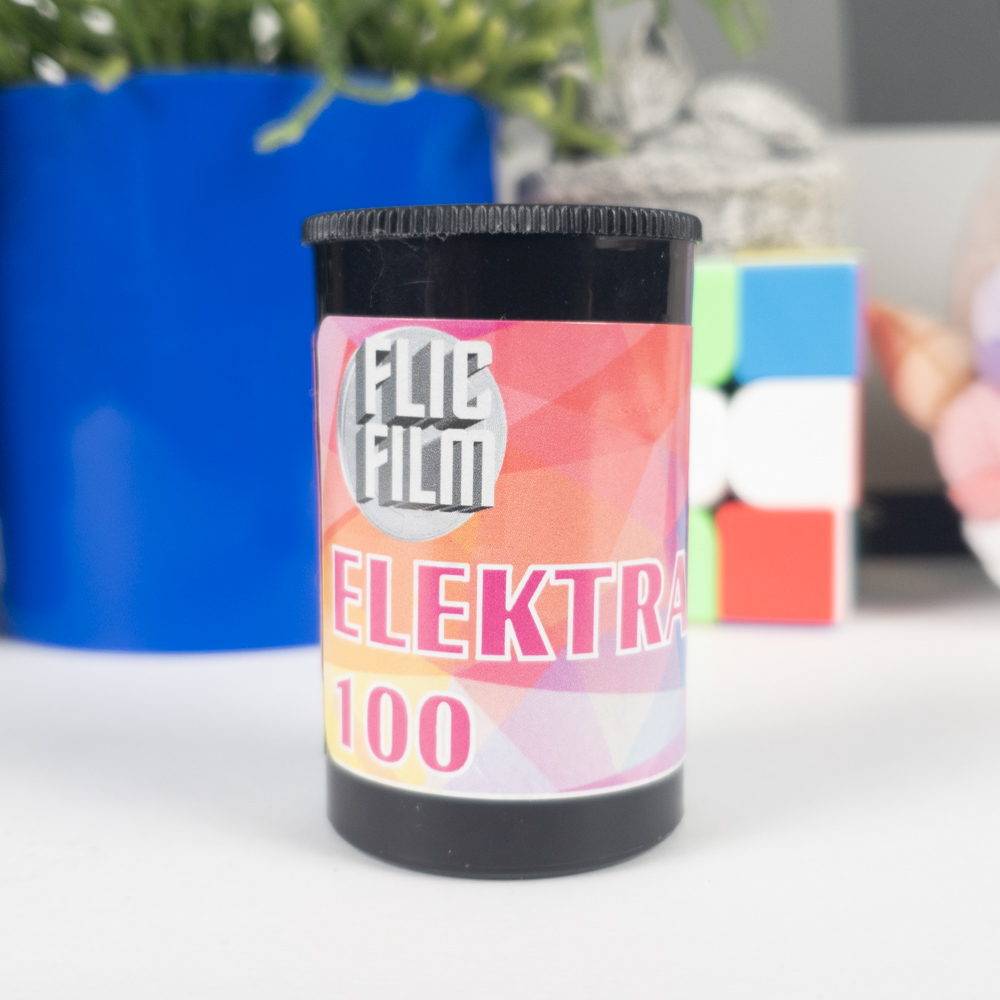
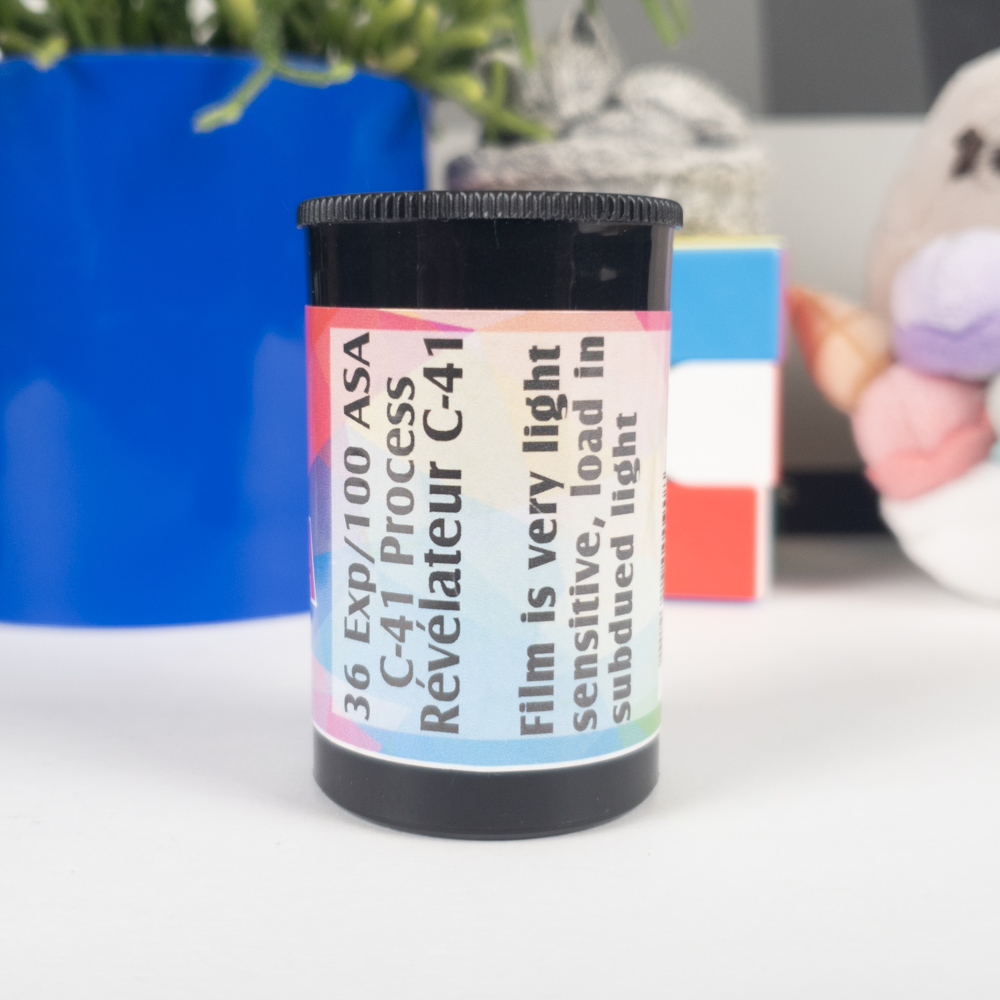
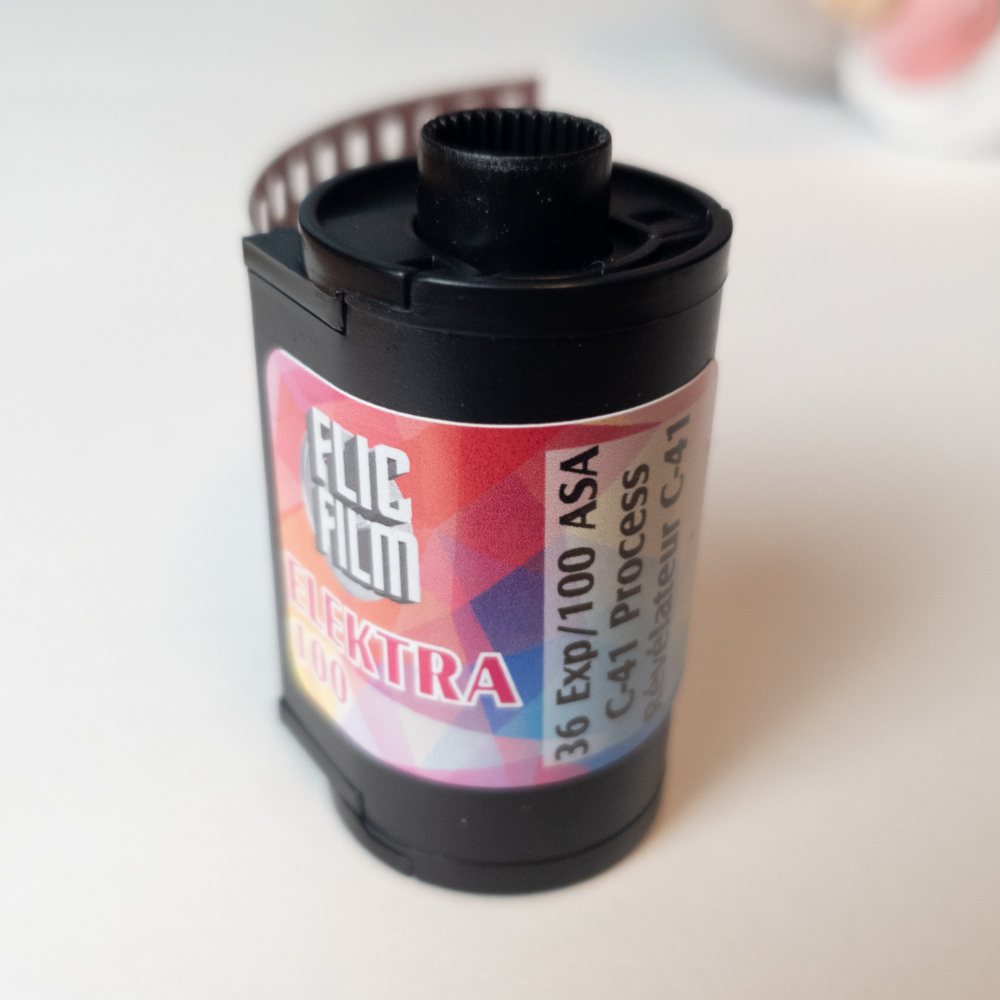
On their site and on the film canister, Flic Film says to “load the film in very low light conditions.” I didn’t have any issues loading my roll in daylight, but YMMV. The film cartridge itself is all plastic and lacks any DX encoding. I shot the roll with my Nikon FA and developed it at home using Flic Film’s own C-41 kit. The only issue I had while developing was how difficult it was to pop the canister open to access the film. It kept slipping using my opener and eventually the plastic snapped, leaving black pieces of plastic all over my floor. This didn’t interfere with development, but was annoying to clean up afterwards.
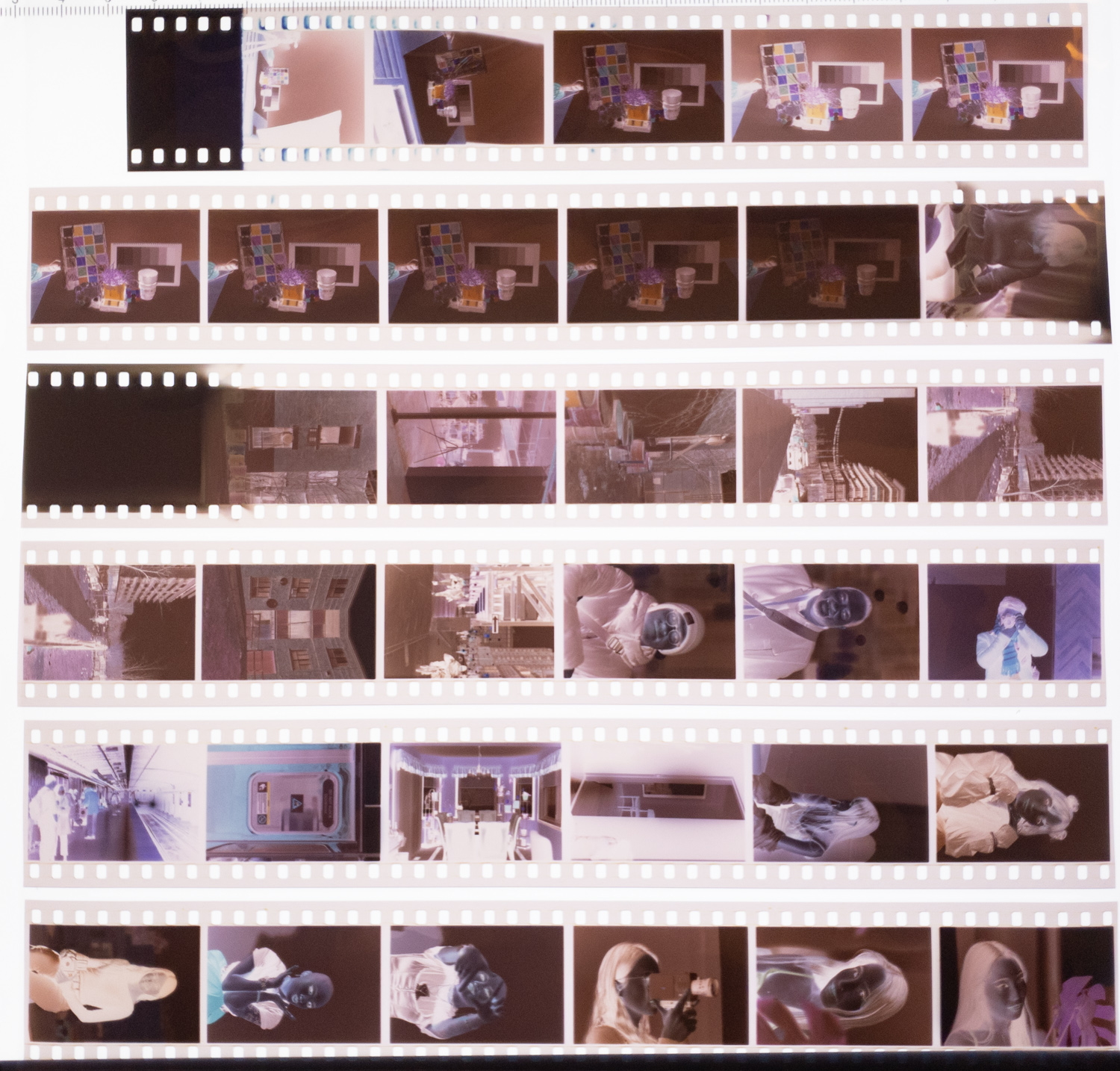
The negatives have a light purple tint to them, compared to the darker brown you might find on typical Kodak film stocks. They also don’t have any edge markings of any sort and both sides of the emulsion have very similar finishes, so be careful when you’re scanning and make sure you’re scanning the right side of the film with the correct orientation.
I scanned all of the negatives by myself using my Sony a6300, and then converted them in Lightroom using Negative Lab Pro. All of the following exposure tests were white balanced in Lightroom to the middle grey and I made no other adjustments. The scene was lit using two NEEWER LED softboxes, set to 5600K. Please ignore the fact that I stupidly forgot to remove the plastic bag from the colour card…
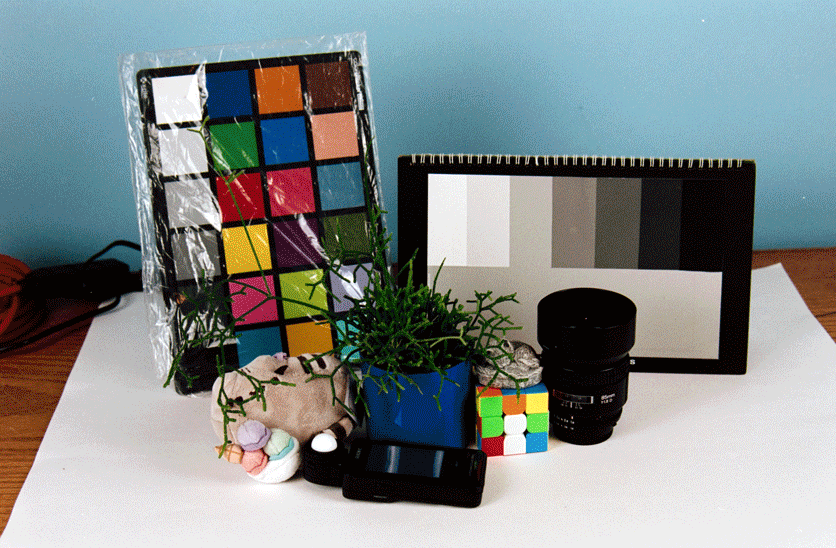


According to these tests, Aerocolor/Elektra has great exposure latitude. As we overexpose, we lose quite a bit of saturation and contrast, and the images get a very strong blue tint to them. That being said, even when underexposed 3 whole stops, I was able to salvage some details from the shadows in post-production. I’d personally say anywhere from 2 stops underexposed to 2 stops overexposed produces usable images. Some people will also probably like how the colours get a pastel-like look when this stock is overexposed.


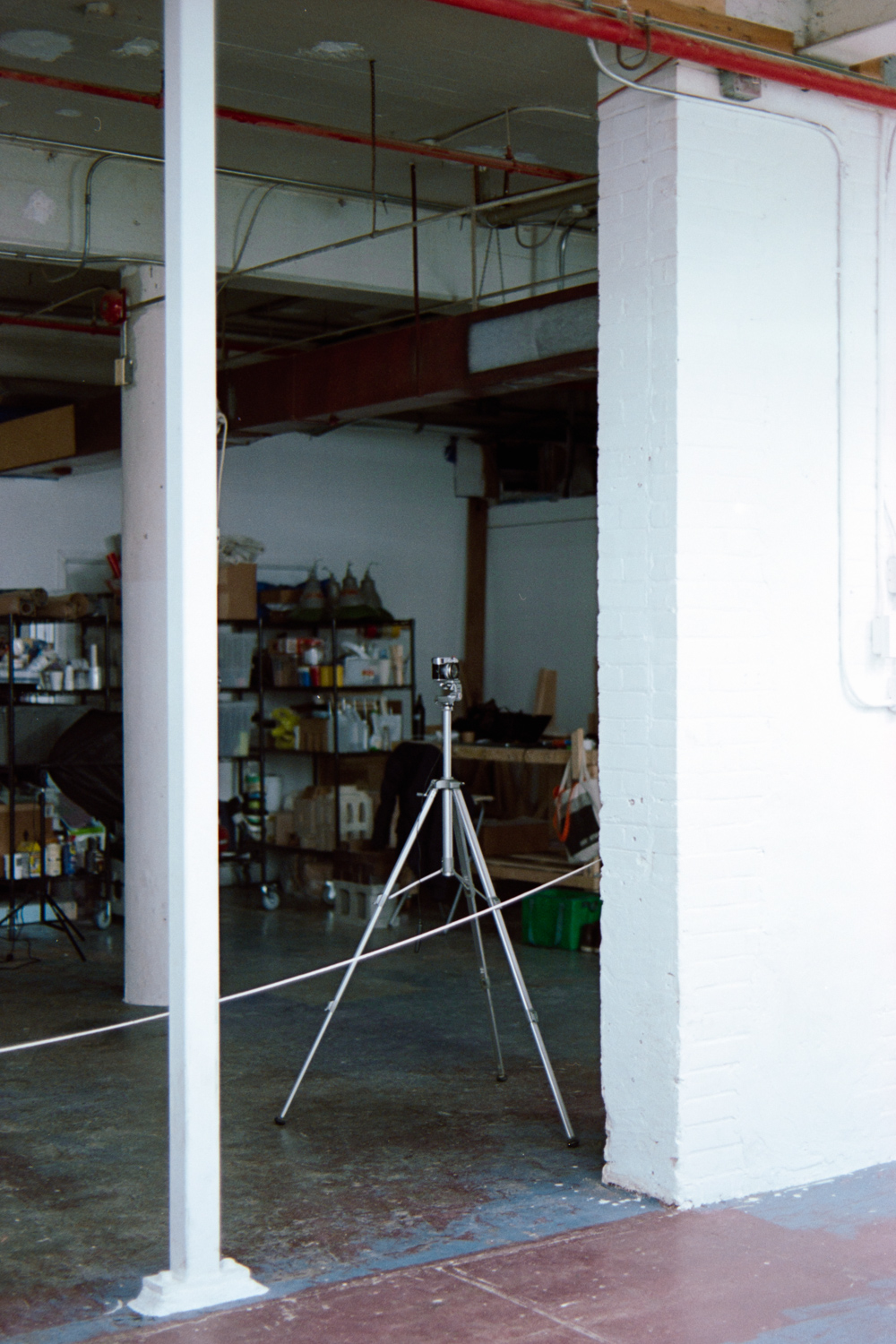
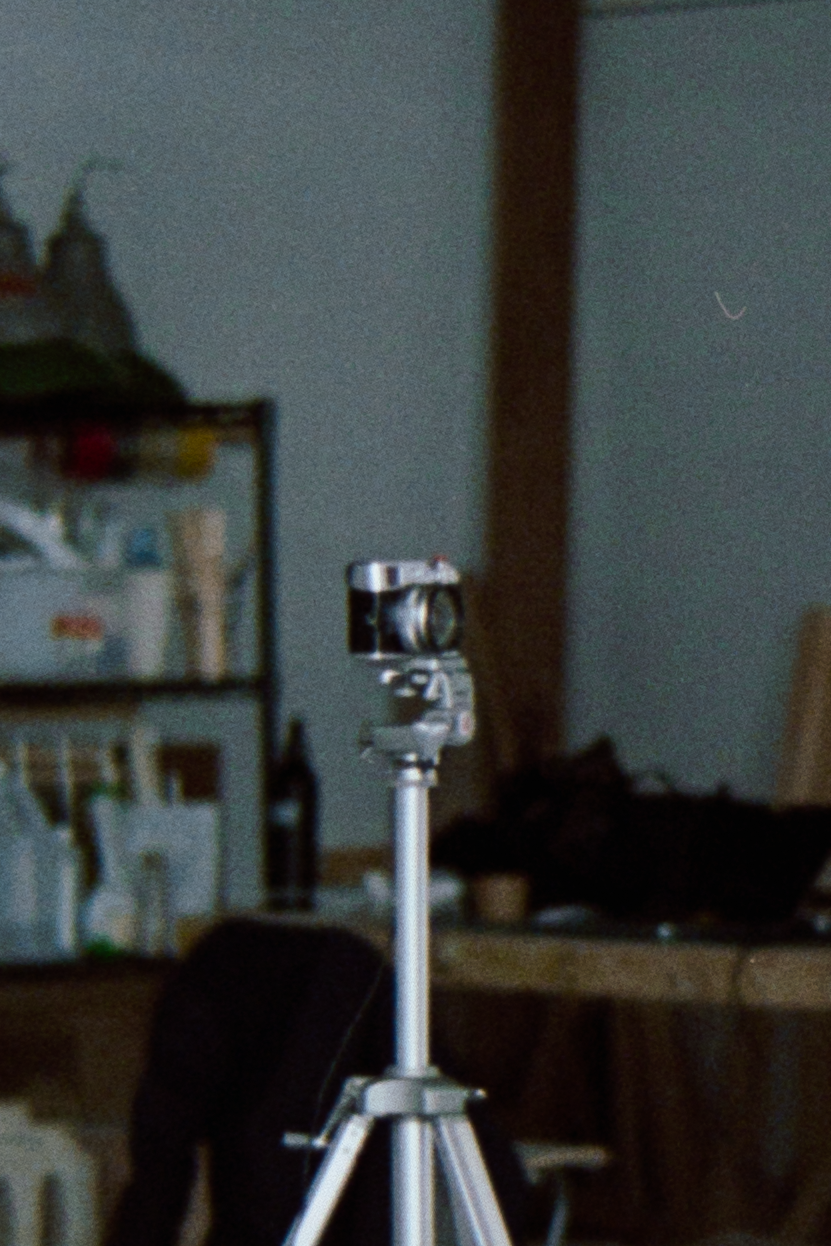

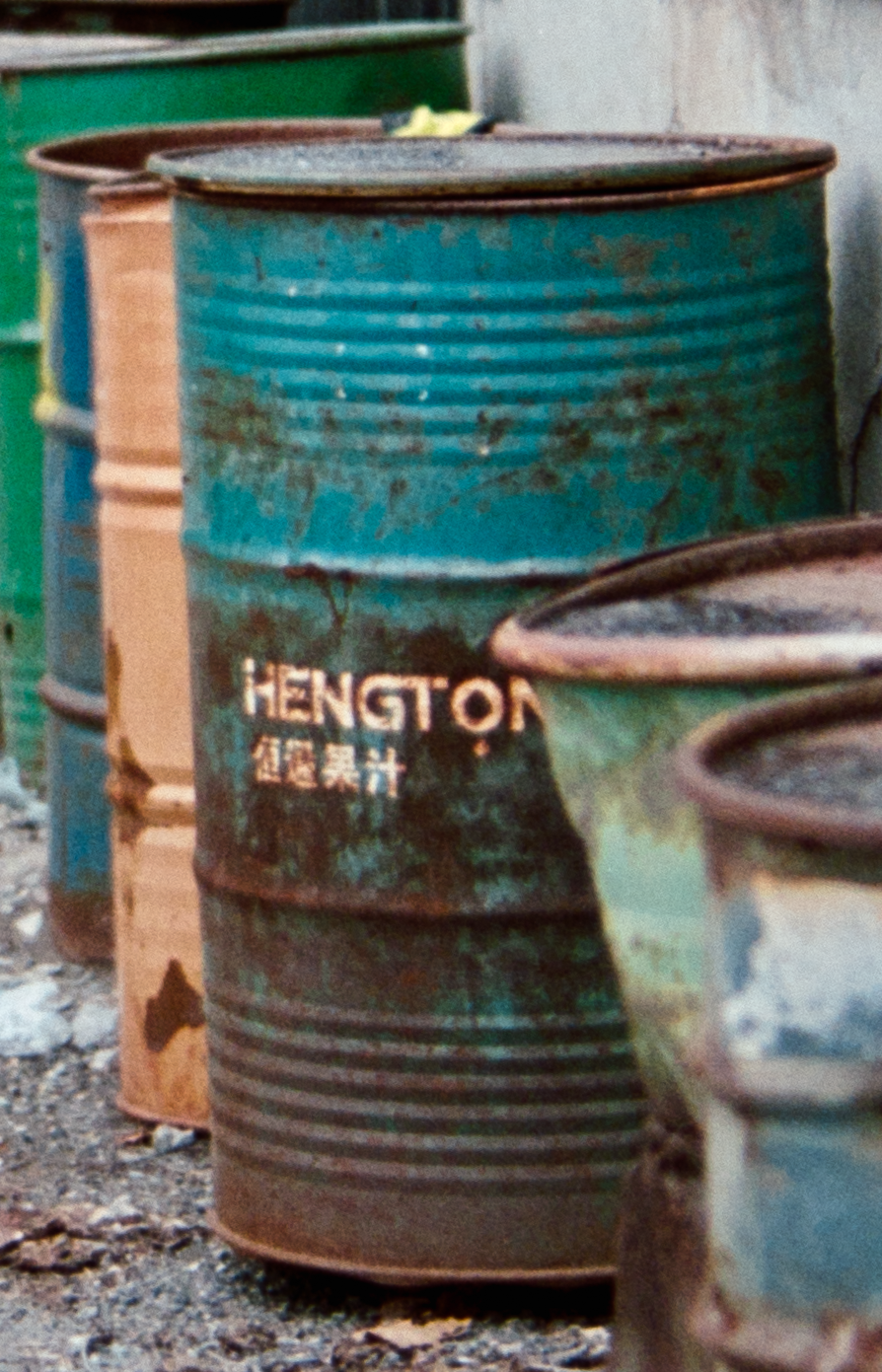
Aerocolor/Elektra captures details very well with lots of resolution to work with. The grain is fine and only really visible once you crop in or raise shadows too far. I find the grain very pleasing, smooth, and not distracting. Aerocolor/Elektra turned out to be like a hybrid between Portra 160 and Ektar 100. It’s got strong contrast and somewhat muted colours. Reds and greens in particular really popped the most for me. The biggest issue was that the colour balance for most of the shots in natural lighting came out too cool and with a strong green cast. This was easily fixable in Lightroom.
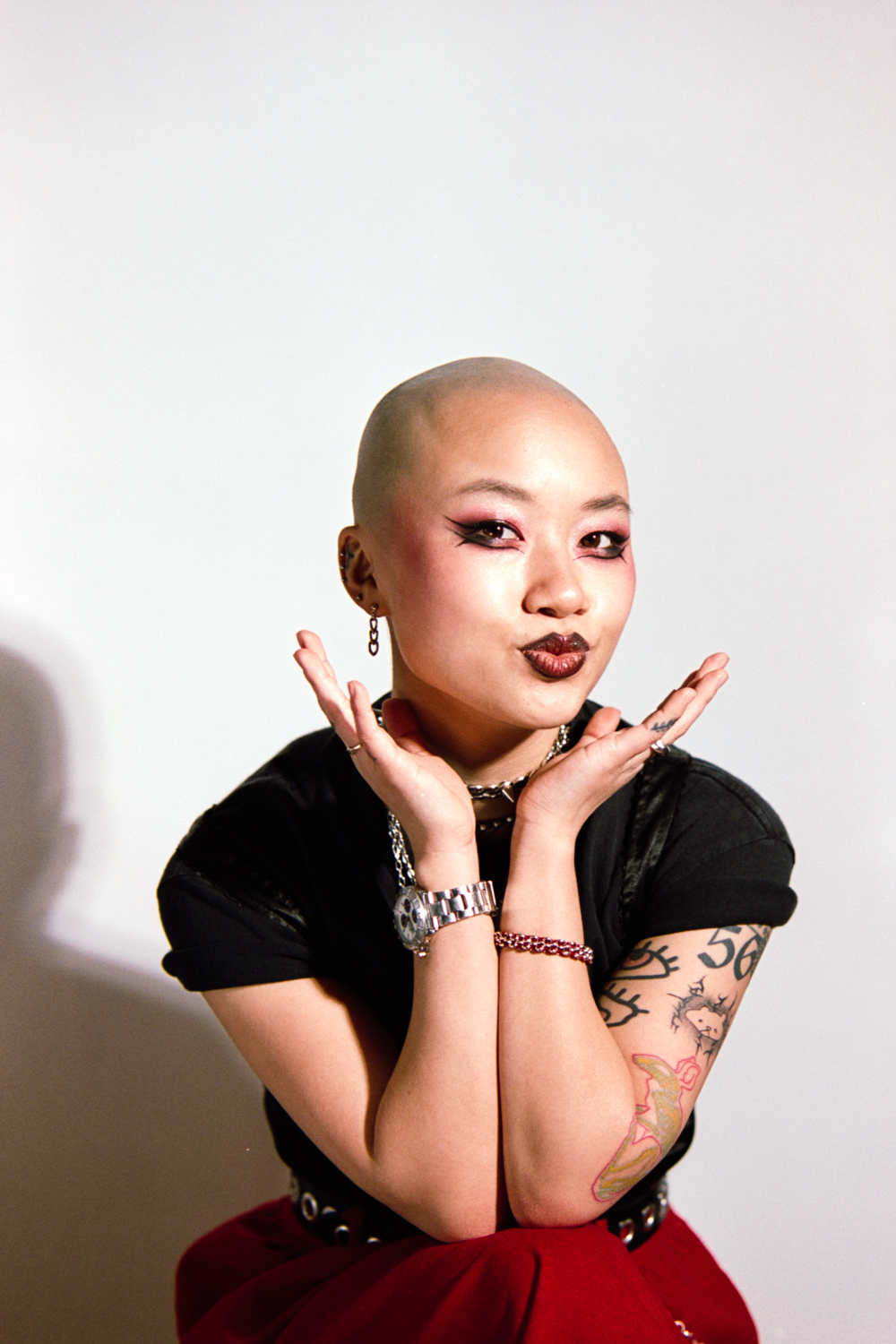
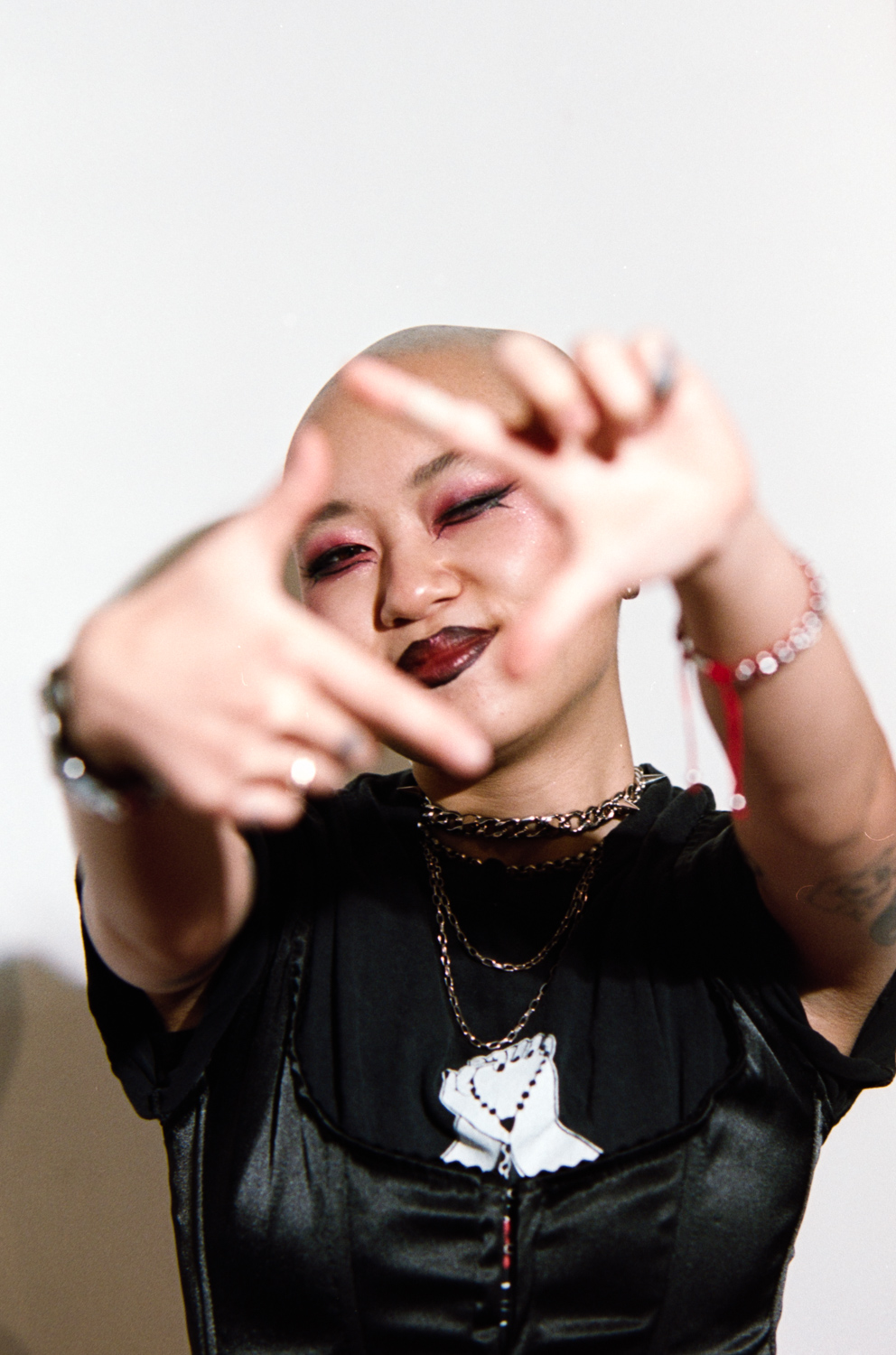
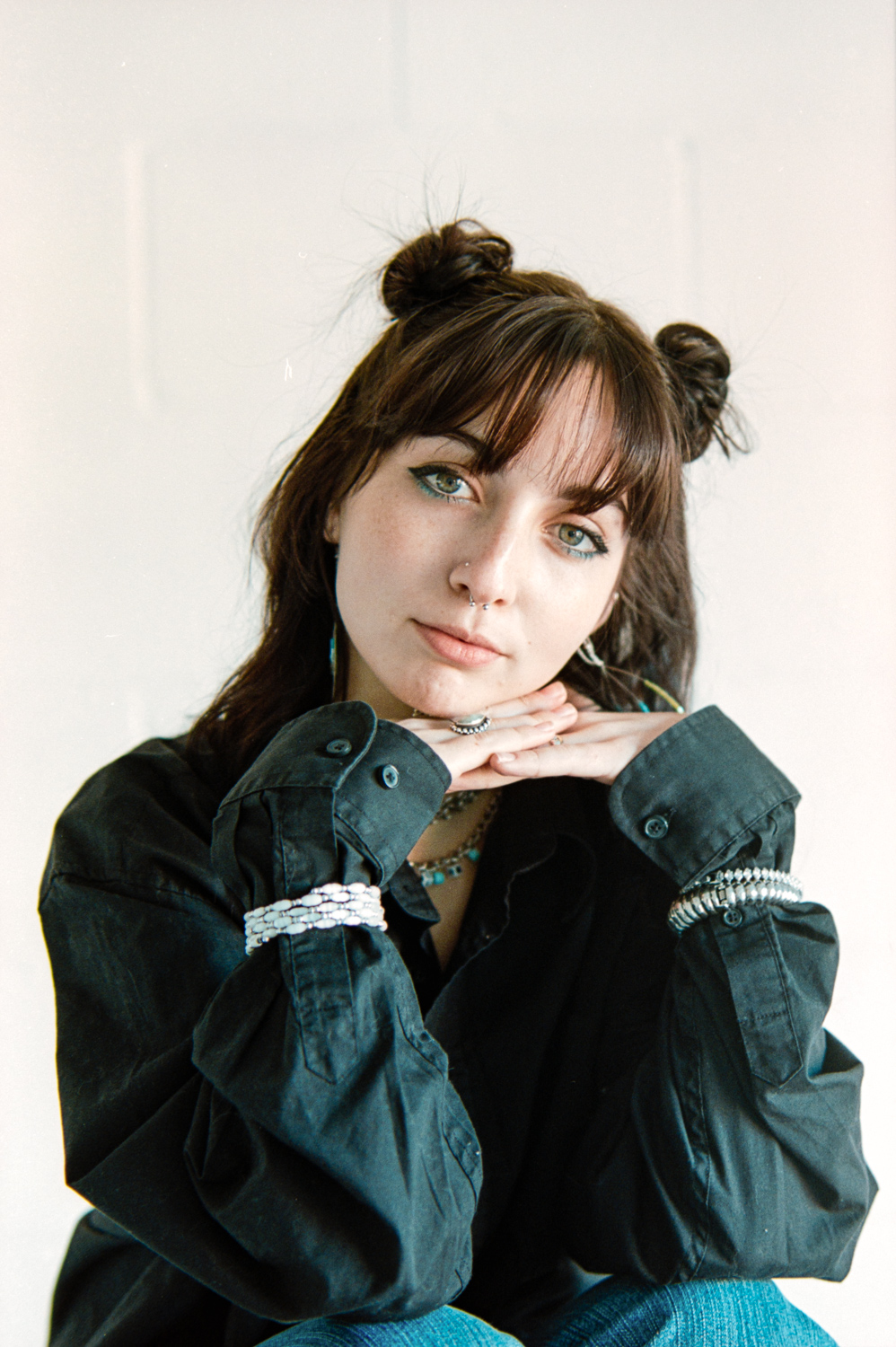
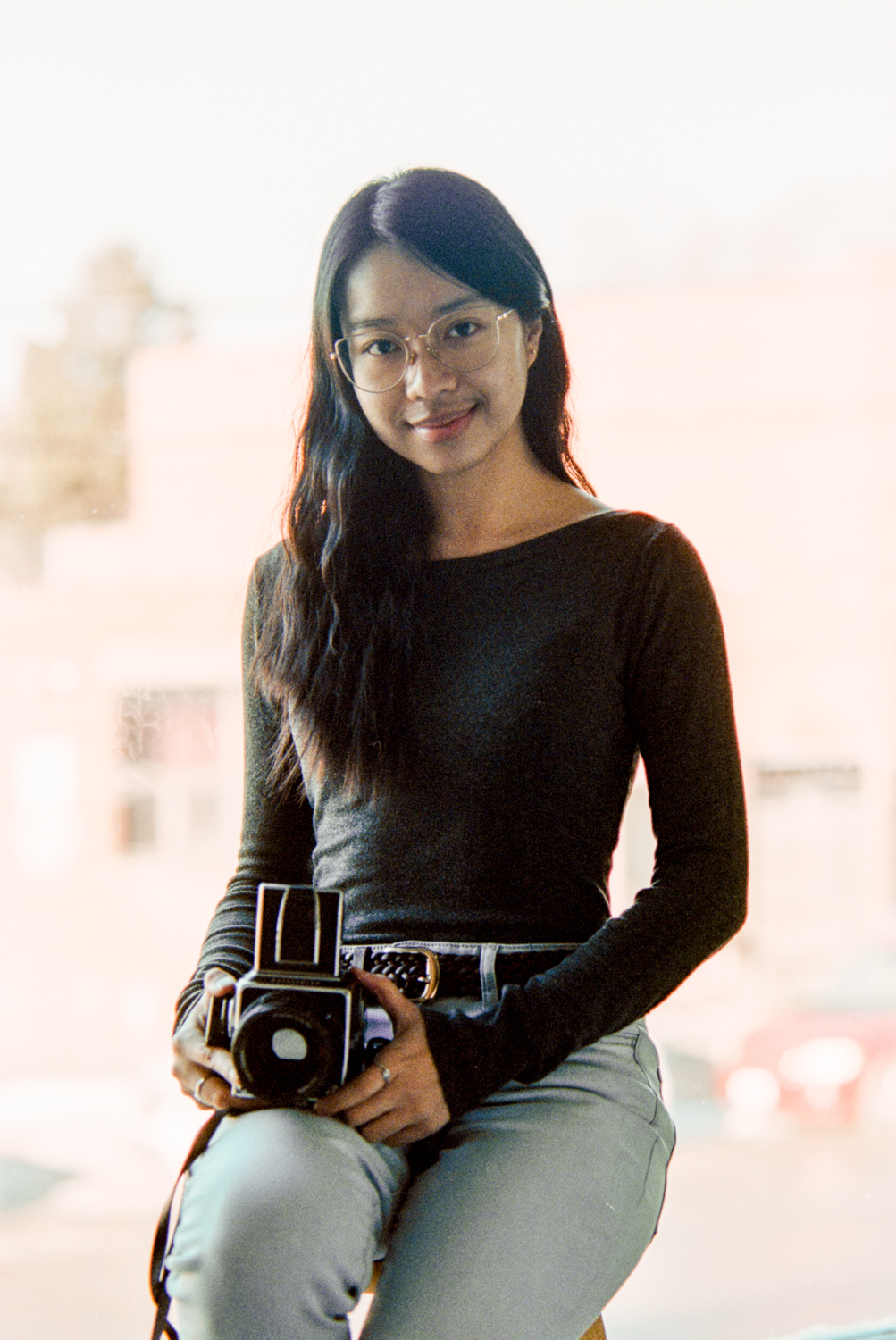
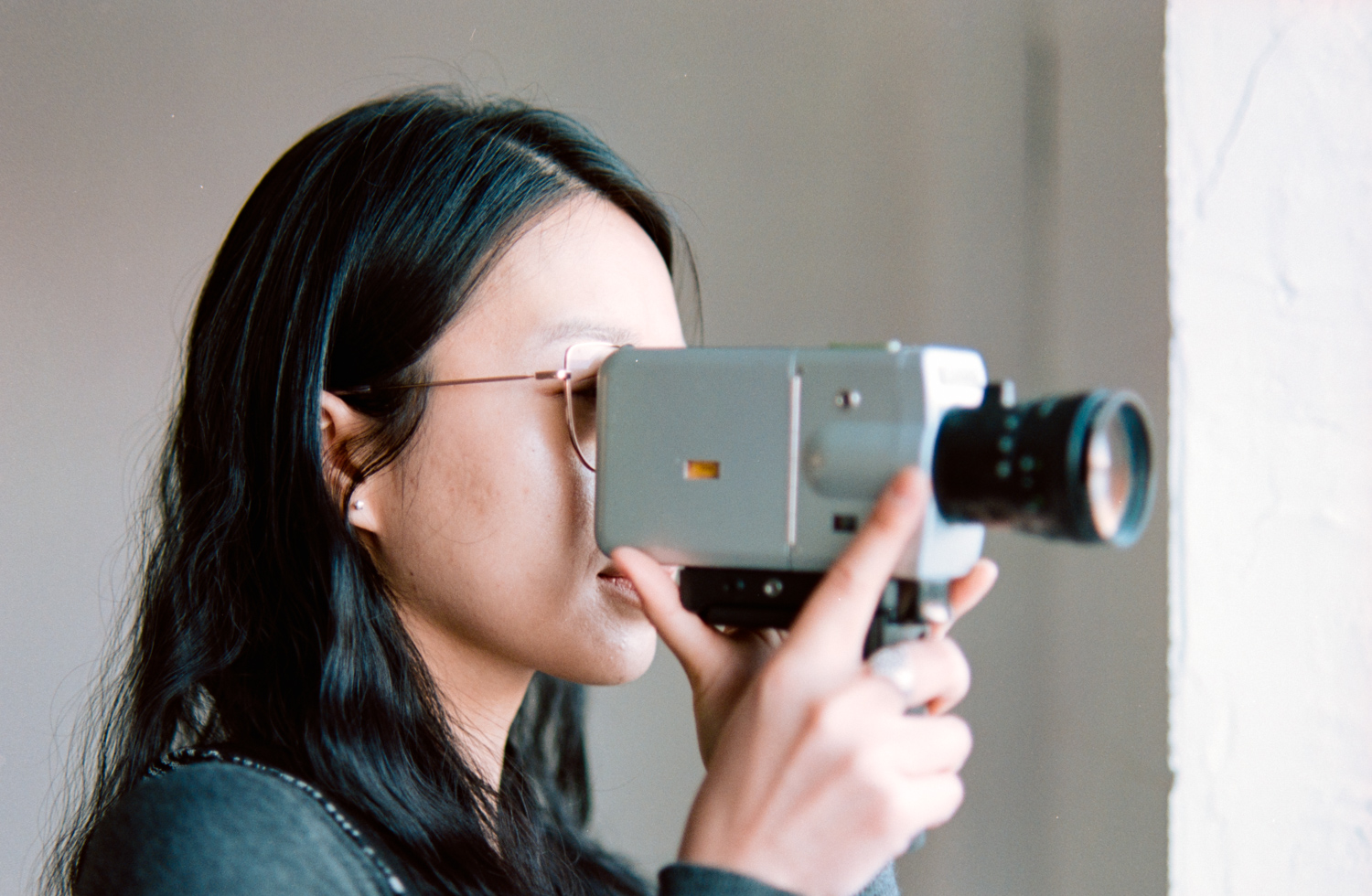


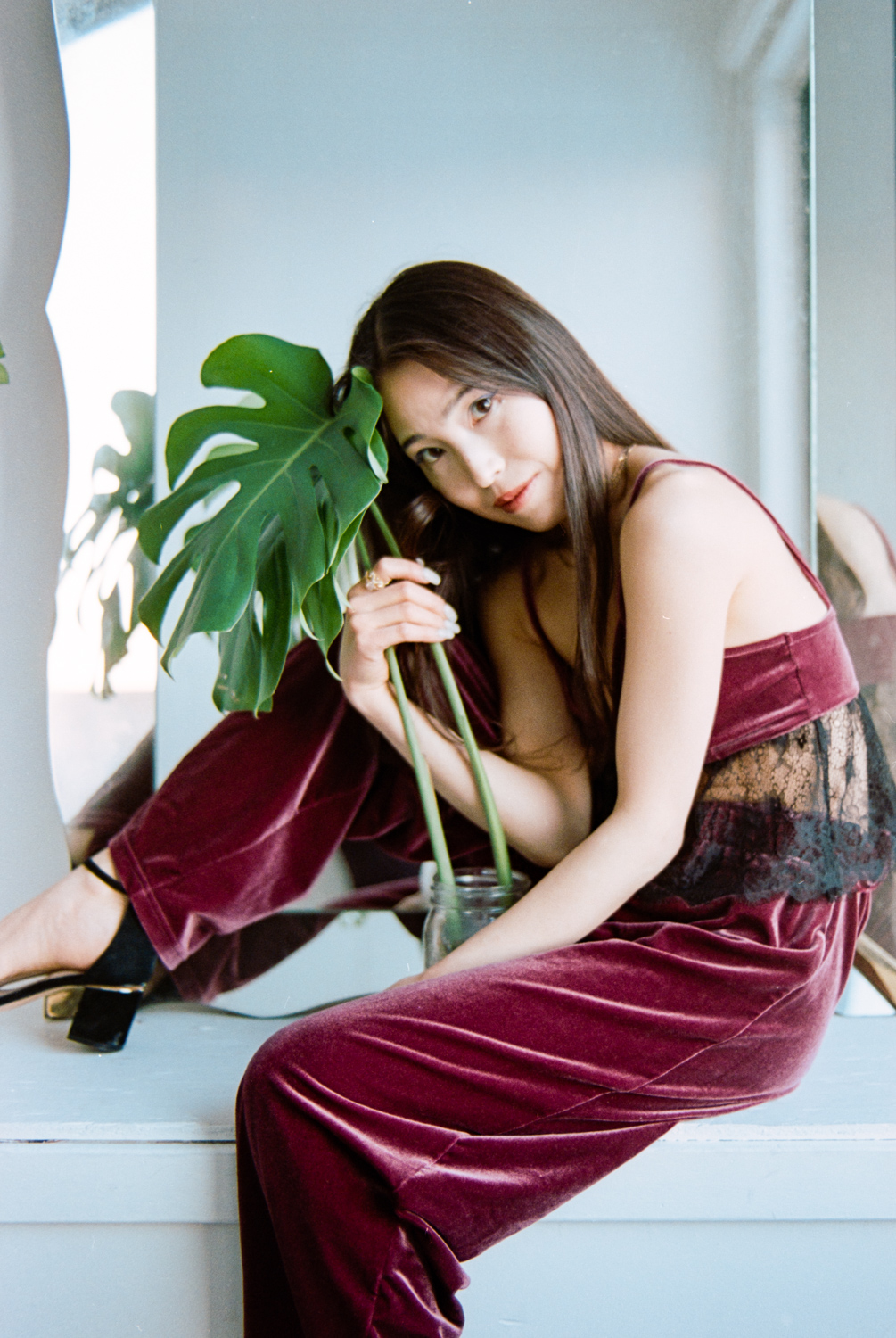

Shoutouts to Jorge (@jorshhh) for organizing this portrait session for @TorontoAnalogFriends!
Overall, Aerocolor/Elektra really impressed me. If you want the stronger contrast look of Ektar but still want the muted tones of Portra, Aerocolor/Elektra might be your new favourite stock. Considering Elektra 100 is $5 CAN cheaper than both Ektar 100 and Portra 160 at my local camera store, it’s definitely an option I’m going to consider more in the future.